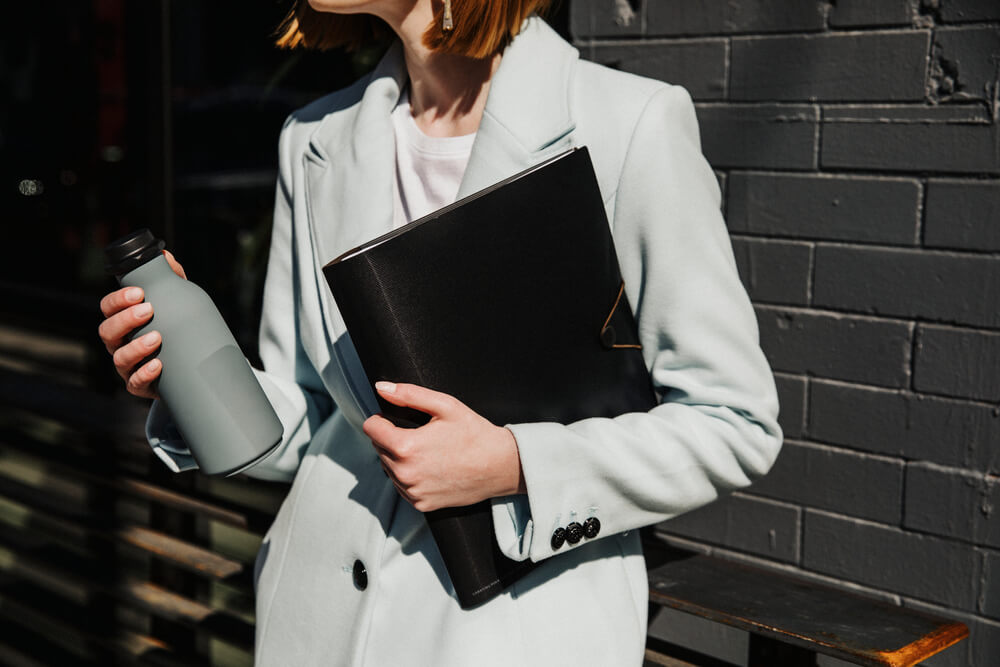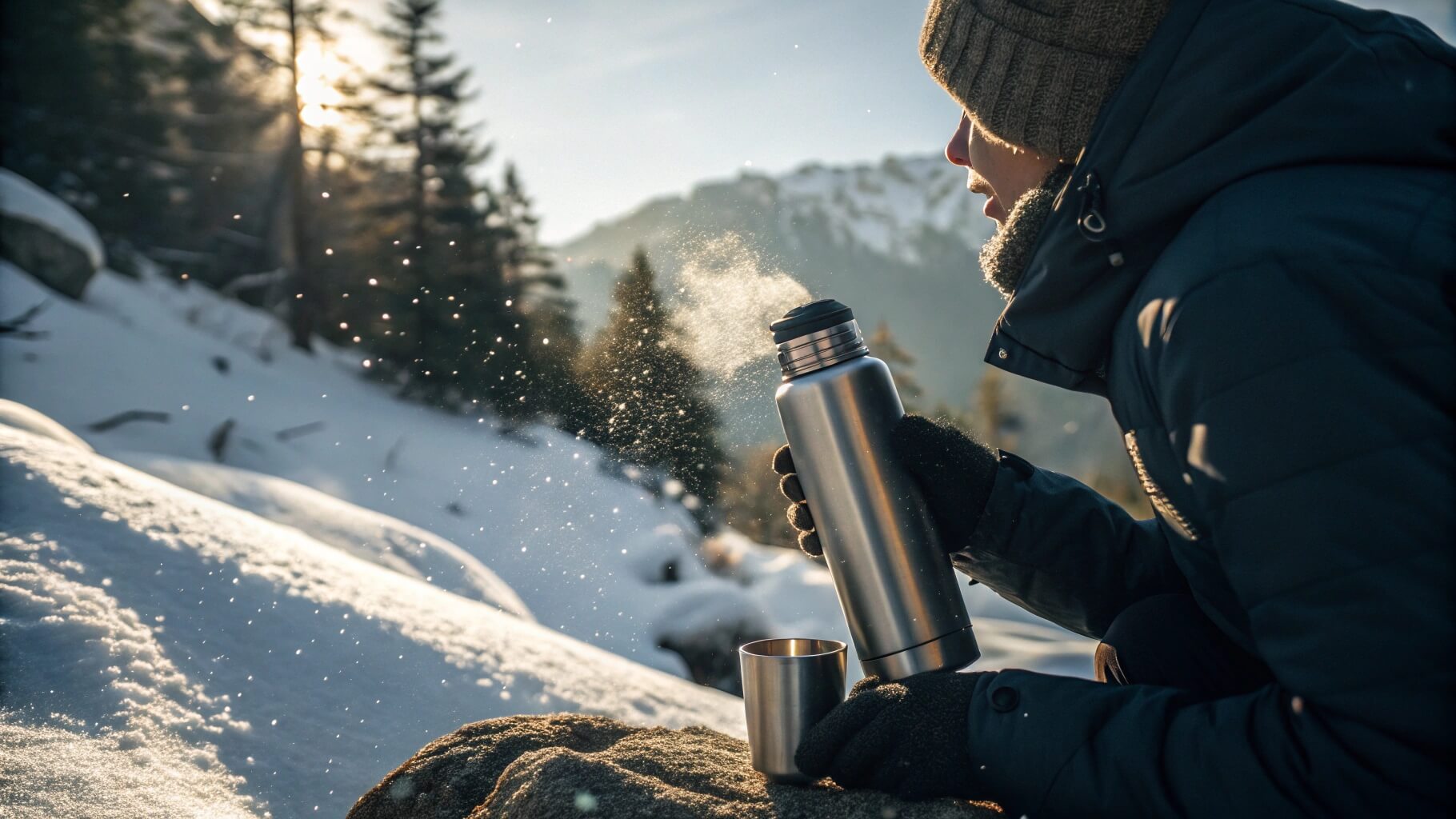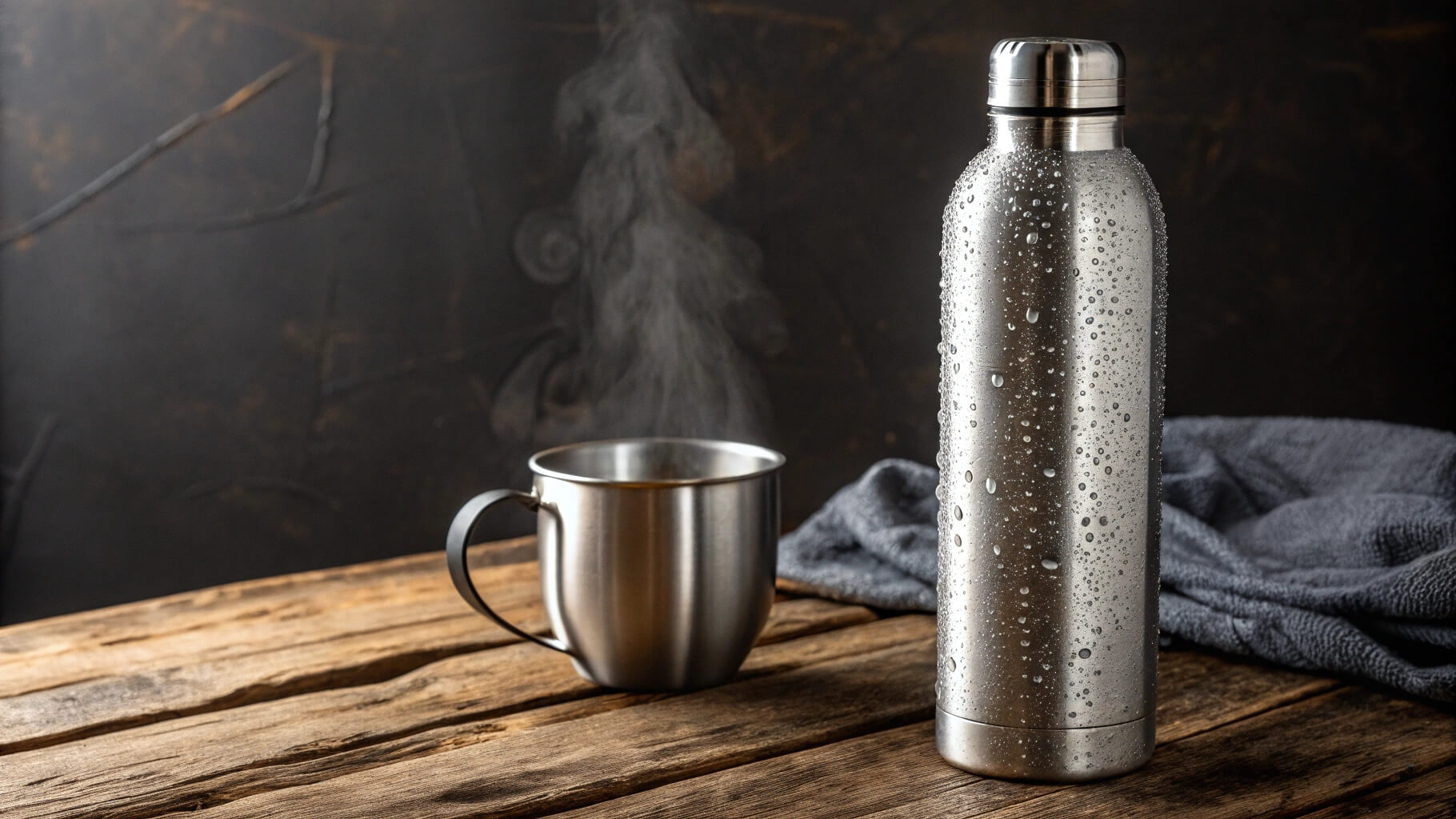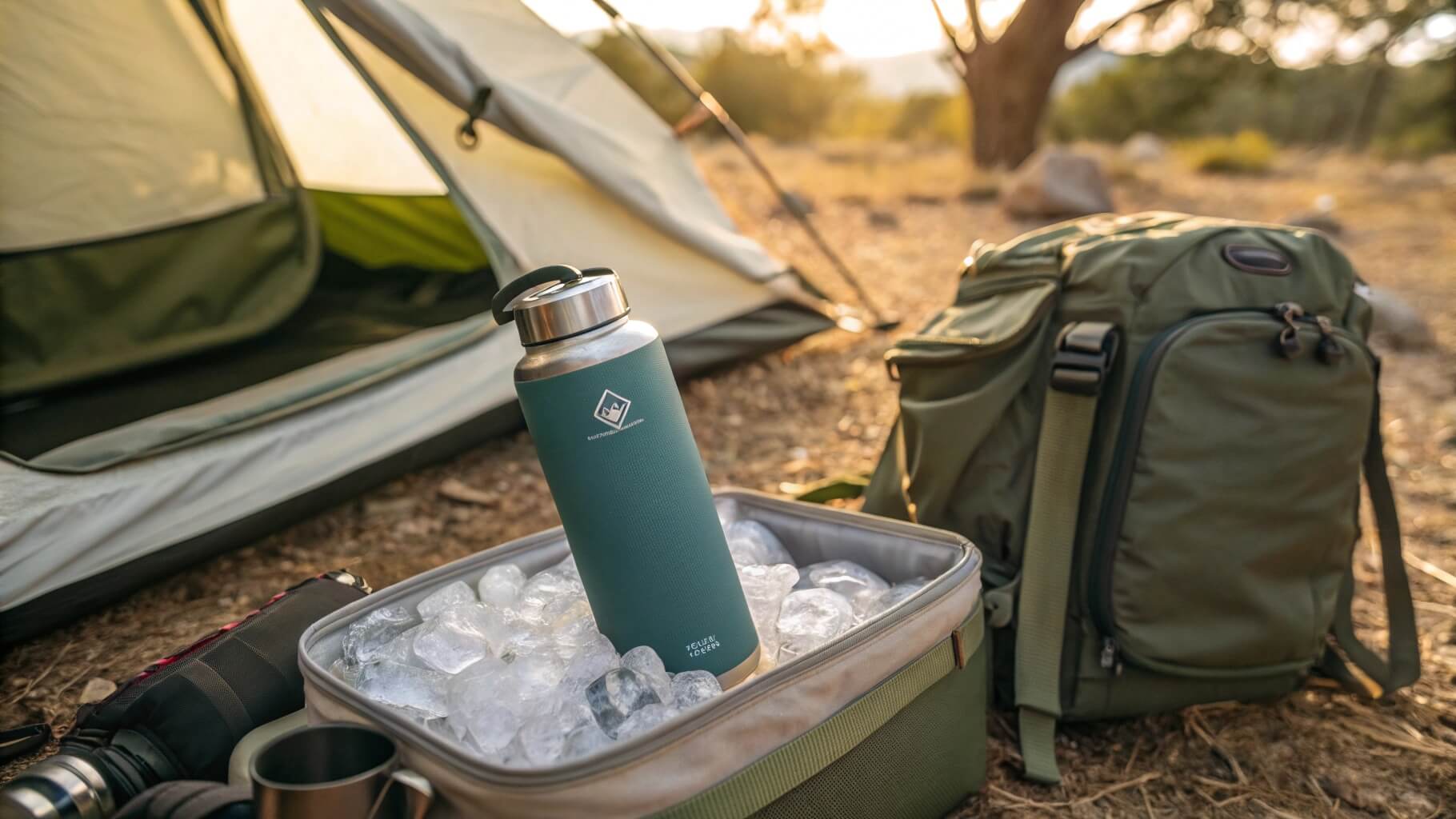
Finding the right insulated water bottle can be a challenge. You need one that meets your needs for durability and temperature retention.
A good insulated water bottle combines effective materials, reliable construction, and a design that suits your lifestyle.
Let’s explore the factors that make an insulated water bottle truly great.
What Is the Best Material for Insulating Water Bottles?
Choosing the right material is critical for temperature retention and durability.
Stainless steel is the best material for insulating water bottles due to its superior performance and long-lasting quality.

Stainless steel bottles, particularly those with double-wall vacuum insulation1, provide excellent temperature retention for both hot and cold beverages. Here’s how different materials compare:
Comparing Common Materials for Water Bottles
| Material | Insulation Performance | Durability | Safety |
|---|---|---|---|
| Stainless Steel | Excellent | High | Food-safe, non-toxic |
| Plastic | Poor | Moderate | May contain BPA |
| Glass | Limited | Fragile | Taste-neutral, non-toxic |
Stainless steel is not only effective but also safe and easy to clean, making it the top choice for most users.
What Material Keeps Water Cold the Longest?
When it comes to keeping water cold, material and insulation design both play a role.
Vacuum-insulated stainless steel bottles keep water cold for up to 24 hours, outperforming other materials.

Vacuum insulation creates a barrier that minimizes heat transfer, preserving the temperature of your drink. Some high-end bottles even include copper lining2 for enhanced cold retention.
Key Features for Maximum Cold Retention
- Double-Wall Vacuum Insulation: Prevents heat exchange with the external environment.
- Copper Lining: Reflects temperature back into the liquid for added efficiency.
- Sealed Lids: Minimizes exposure to warm air.
By focusing on these features, you can ensure your water stays cold, even on hot days or during extended outdoor activities.
How to Keep Your Water Bottle Cold All Day?
Proper preparation and bottle selection make all the difference in maintaining cold water throughout the day.
Using ice cubes and a vacuum-insulated bottle ensures long-lasting cold water.

Here are practical tips for keeping your water cold all day:
Tips for Maximum Cold Retention
- Pre-Chill the Bottle: Place the empty bottle in the fridge or freezer before filling it.
- Use Ice Cubes: Fill the bottle with ice cubes along with your water for extended cooling.
- Avoid Direct Sunlight: Keep the bottle in the shade or a cooler bag.
- Choose a Narrow Mouth: Reduces exposure to warm air when opened.
Benefits of Insulated Bottles
| Feature | How It Helps |
|---|---|
| Vacuum Insulation3 | Maintains temperature for hours |
| Copper-Lined Interior4 | Enhances thermal performance |
| Durable Lid Design5 | Prevents heat exchange and leaks |
By combining the right techniques and a high-quality insulated bottle, you’ll enjoy refreshing, cold water no matter where you are.
Conclusion
A good insulated water bottle is built with durable materials like stainless steel and effective vacuum insulation. By selecting the right design and applying simple techniques, you can enjoy hot or cold beverages all day long.
-
Understanding double-wall vacuum insulation can help you choose the best insulated water bottle for temperature retention. ↩
-
Exploring the role of copper lining in water bottles can reveal advanced features for better temperature retention. ↩
-
Understanding vacuum insulation can help you choose the best insulated bottle for maintaining beverage temperatures. ↩
-
Exploring the role of copper in insulation can guide you to bottles that keep your drinks at the desired temperature longer. ↩
-
Learning about durable lid designs ensures you pick a bottle that's both leak-proof and efficient at temperature retention. ↩

